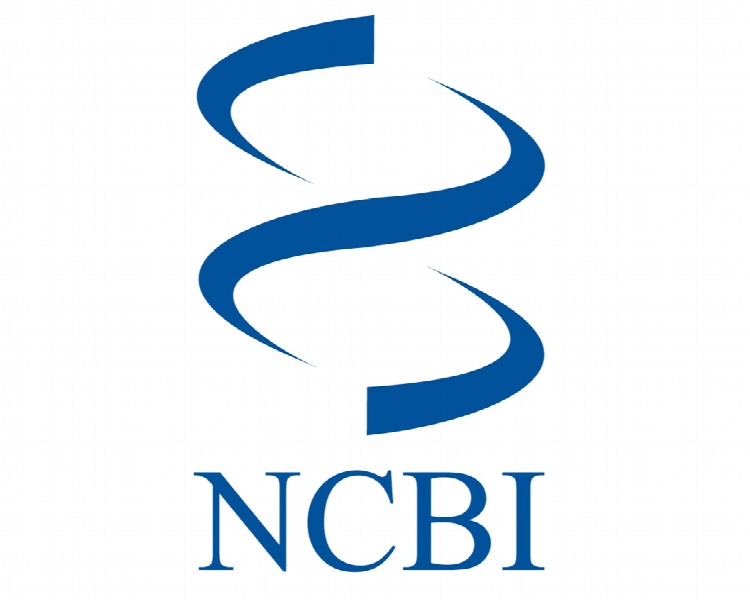رضایت شغلی، تعهد سازمانی و درگیری شغلی: نقش واسطه گر درگیری های شغلی Job Satisfaction, Organizational Commitment and Job Involvement: The Mediating Role of Job Involvement
- نوع فایل : کتاب
- زبان : انگلیسی
- ناشر : NCBI
- چاپ و سال / کشور: 2018
توضیحات
رشته های مرتبط مدیریت، روانشناسی
گرایش های مرتبط مدیریت منابع انسانی، روانشناسی صنعتی
مجله مرزهای روانشناسی – Frontiers in Psychology
دانشگاه Faculty of Technical Sciences – University of Novi Sad – Serbia
منتشر شده در نشریه NCBI
کلمات کلیدی انگلیسی work, job, satisfaction, involvement, employee, commitment, organizational, behavior
گرایش های مرتبط مدیریت منابع انسانی، روانشناسی صنعتی
مجله مرزهای روانشناسی – Frontiers in Psychology
دانشگاه Faculty of Technical Sciences – University of Novi Sad – Serbia
منتشر شده در نشریه NCBI
کلمات کلیدی انگلیسی work, job, satisfaction, involvement, employee, commitment, organizational, behavior
Description
1. INTRODUCTION In the current climate of turbulent changes, companies have begun to realize that the employees represent their most valuable asset (Glen, 2006; Govaerts et al., 2011; Fulmer and Ployhart, 2014; Vomberg et al., 2015; Millar et al., 2017). Satisfied and motivated employees are imperative for contemporary business and a key factor that separates successful companies from the alternative. When considering job satisfaction and work motivation in general, of particular interest are the distinctive traits of these concepts in transition economies. Serbia is a country that finds itself at the center of the South East region of Europe (SEE), which is still in the state of transition. Here transition refers to the generally accepted concept, which implies economic and political changes introduced by former socialist countries in Europe and beyond (e.g., China) after the years of economic stagnation and recession in the 1980’s, in the attempt to move their economy from centralized to market-oriented principles (Ratkovic-Njegovan and Grubic-Nesic, 2015). Serbia exemplifies many of the problems faced by the SEE region as a whole, but also faces a number of problems uniquely related to the legacy of its past. Due to international economic sanctions, the country was isolated for most of the 1990s, and NATO air strikes, related to the Kosovo conflict and carried out in 1999, caused significant damage to the industry and economy. Transitioning to democracy in October 2000, Serbia embarked on a period of economic recovery, helped by the introduction of long overdue reforms, major inflows of foreign investment and substantial assistance from international funding institutions and others in the international community. However, the growth model on which Serbia and other SEE countries relied between 2001 and 2008, being based mainly on rapid capital inflows, a credit-fueled domestic demand boom and high current account deficit (above 20% of GDP in 2008), was not accompanied by the necessary progress in structural and institutional reforms to make this model sustainable (Uvalic, 2013). The central issue of the transition process in Serbia and other such countries is privatization of public enterprises, which in Serbia ran slowly and with a number of interruptions, failures and restarts (Radun et al., 2015). The process led the Serbian industry into a state of industrial collapse, i.e., deindustrialization. Today there are less than 400,000 employees working in the industry in Serbia and the overall unemployment rate exceeds 26% (Milisavljevic et al., 2013). The average growth of Serbia’s GDP in the last 5 years was very low, at 0.6% per year, but has reached 2.7% in 2016 (GDP, 2017). The structure of the GDP by sector in 2015 was: services 60.5%, industry 31.4%, and agriculture 8.2% (Statistical Office of the Republic of Serbia, 2017).


